Welcome to the CPL blog where we bring leading-edge thinking and stories of purpose in action. You can count on learnings and brilliance gleaned from our work with Purposeful Leaders around the globe. As authors of The Art of Convening™, we explore how convening brings your purpose alive.
The Nature of Leadership, Engagement and The Art of Convening
/photo credit: Daniel Scotton
"Convening leaders create and manage the social space within which citizens get deeply engaged. Through this engagement, citizens discover that it is in their power to resolve something or at least move the action forward."
A blog interview with Bob Nordquist demonstrated the impact of convening when one is willing to take a big risk based on being in touch with core purpose. In Bob's case, it was the courage to risk his credibility by introducing a new business meeting design based on collaborative principles.
CPL friend and mentor, Peter Block speaks eloquently about the courageous nature of leader as convener in the piece below:
Leadership is Convening
The following is an excerpt from Community: The Structure of Belonging, by Peter Block, Berrett-Koehler Publishers, May 2008.
In communal transformation, leadership is about intention, convening, valuing relatedness, and presenting choices. It is not a personality characteristic or a matter of style, and therefore it requires nothing more than what all of us already have.
This means we can stop looking for leadership as though it were scarce or lost, or it had to be trained into us by experts. If our traditional form of leadership has been studied for so long, written about with such admiration, defined by so many, worshipped by so few, and the cause of so much disappointment, maybe doing more of all that is not productive. The search for great leadership is a prime example of how we too often take something that does not work and try harder at it. I have written elsewhere about reconstructing a leader as the social architect.
Not a leader as a special person, but a leader as a citizen willing to do those things that have the capacity to initiate something new in the world. In this way, leader belongs right up there with cook, carpenter, artist, and landscape designer. It is a capacity that can be learned by all of us, with a small amount of teaching and an agreement to practice. The ultimate do-it-yourself movement.
Community building requires a concept of the leader as one who creates experiences for others––experiences that in themselves are examples of our desired future. The experiences we create need to be designed in such a way that relatedness, accountability, and commitment are every moment available, experienced, and demonstrated. David Isaacs of the World Café calls this “relational leadership.”
This concept of leadership means that in addition to embracing their own humanity, which is the work of every person, the core task of leaders is to create the conditions for civic or institutional engagement. They do this through the power they have to name the debate and design gatherings. We use the term gathering because the word has different associations from what we think of when we say “meeting.” Most people do not even like meetings, and for good reason. They are frequently designed to explain, defend, express opinions, persuade, set more goals, and define steps––the result of which is to produce more of what currently exists. These kinds of meetings either review the past or embody the belief that better planning, better managing, or more measurement and prediction can create an alternative future. So the word gathering is intended to distinguish what we are talking about here, something with more significance than the common sense of the meeting.
Engagement Is the Point
Leadership begins with understanding that every gathering is an opportunity to deepen accountability and commitment through engagement. It doesn’t matter what the stated purpose of the gathering is. Each gathering serves two functions: to address its stated purpose, its business issues; and to be an occasion for each person to decide to become engaged as an owner. The leader’s task is to structure the place and experience of these occasions to move the culture toward shared ownership.
Photo credit: pexels.com
This is very different from the conventional belief that the task of leadership is to set a vision, enroll others in it, and hold people accountable through measurements and reward. Consider how most current leadership trainings assert the following:
Leader and top are essential. They are role models who need to possess a special set of personal skills.
The task of the leader is to define the destination and the blueprint to get there.
The leader’s work is to bring others on board. Enroll, align, inspire.
Leaders provide the oversight, measurement, and training needed (as defined by leaders).
Each of these beliefs elevates leaders as an elite group, singularly worthy of special development, coaching, and incentives. All of these beliefs have face validity, and they have unintended consequences. When we are dissatisfied with a leader, we simply try harder to find a new one who will perform more perfectly in the very way that led to our last disappointment. This creates a level of isolation, entitlement, and passivity that our communities cannot afford to carry.
The world does not need leaders to better define issues or to orchestrate better planning or project management. What it needs is for the issues and the plans to have more of an impact, and that comes from citizen accountability and commitment. Engagement is the means through which there can be a shift in caring for the well-being of the whole, and the task of a leader as convener is to produce that engagement.
The Art of Convening
The shift is to believe that the task of leadership is to provide context and produce engagement, to tend to our social fabric. It is to see the leader as one whose function is to engage groups of people in a way that creates accountability and commitment. In this way of thinking we hold leadership to three tasks:
Create a context that nurtures an alternative future, one based on gifts, generosity, accountability, and commitment.
Initiate and convene conversations that shift people’s experience, which occurs through the way people are brought together and the nature of the questions used to engage them.
Listen and pay attention.
Convening leaders create and manage the social space within which citizens get deeply engaged. Through this engagement, citizens discover that it is in their power to resolve something or at least move the action forward.
Engagement and the accountability that grows out of it occurs when we ask people to be in charge of their own experience and act on the well-being of the whole. Leaders do this by naming a new context and convening people into new conversations through questions that demand personal investment. This is what triggers the choice to be accountable for those things over which we can have power, even though we may have no control.
In addition to convening and naming the question, we add listening to the critical role of leadership. Listening may be the single most powerful action the leader can take. Leaders will always be under pressure to speak, but if building social fabric is important, and sustained transformation is the goal, then listening becomes the greater service.
This kind of leadership––convening, naming the question, and listening––is restorative and produces energy rather than consumes it. It is leadership that creates accountability as it confronts people with their freedom. In this way, engagement-centered leaders bring kitchen table and street corner democracy into being.
Report from the Field: Convening and Flushing Your Toilet
/"Over 30 years I have come to learn that we need to protect the environment WITH you, not FROM you."
Welcome! This is the first in a new series on creating purpose in your life and work and how leaders convening with purpose create the outcomes you want. Let's get to it..
Bet you never thought about what happens when you flush the toilet or watch the water go down your sink. Bob Nordquist not only cares, but has created a unique workshop for customer engagement in a 3.5 million population system. Watch Bob tell his story about how he implemented a recent successful workshop using convening skills, focused on purpose.
In this segment, Craig Neal interviews Bob Nordquist, Industrial Waste and Pollution Prevention Manager at Environmental Services in the Metropolitan Council of the Twin Cities, and Art of Convening graduate.
Click here to watch video [6:39 minutes]
#PurposefulLeadership #Purpose #Leadership #Convening #ArtofConvening #AuthenticEngagement
StoryNotes
Craig: Tell me a bit about your position at MCES
Bob: I am the Industrial Waste & Pollution Prevention Manager. With a staff of 30 engineers, scientists, technicians and administrative staff, we issue and administer permits to over 850 Industrial Users of the sanitary sewer system, to protect the rivers of our region and our facilities, sewer workers and the public health. We do this by controlling the discharge of pollutants to the sanitary sewer.
Craig: Frame the IW workshop – purpose/intent/goals
Invitation? How did you frame? Why should they come and how many did come?
Bob: I opened the workshop by telling our Industrial Users that I came to this job 30 years ago, fresh out of college and eager to protect the waters of our region and that my attitude at the time was that I had to protect the environment from – you the Industrial Users. Over 30 years I have come to learn that we need to protect the environment WITH you, not FROM you. This shows our overall purpose – to invite the Industrial Users, our customers, to join us in collaboration to meet a common goal. The goal of the workshop was to show that this was an actual, tangible change and not just lofty words.
Craig: Tell me about the format and how it was different than the past workshops – what was unique?
How was the physical space different and how did you create the container?
Bob: It was a conversation rather than a lecture.
The first change we made was to the name of the event. For sixteen years we had held an annual Industrial Customer Forum. There was a lot of PowerPoint to present our rates for the next year and a few slides on what was new in Environmental Regulations. There was a short question and answer session, but the meeting was held late enough in the year, that it was unlikely anything would change, especially concerning the rates. Our attendance had dwindled to the point where only 12 people had shown up in the previous year.
This year we changed this to an Industrial Workshop and we held it in April. We had an idea what next year’s rates were going to be and we knew what was driving them, but they were not ready to propose yet. We set this up so that after a short introduction to tell people what to expect about the format, and to stress our commitment to action, we pulled the dividers in the meeting room and broke into two small groups – one for financial issues and one for regulatory issues. We sat in a circle with a facilitator and introduced topics, then encouraged our customers to share their thoughts. We had a staff member recording the notes on large easels.
Another change is that prior to the actual workshop we hosted an open house, with informational tables with staff to answer questions and promote conversations.
Craig: Tell me about the outcomes/learnings for you personally and for ES.
Bob: We learned we have willing partners. I learned to take a risk. I learned a lot about my staff and how professional they are.
I'm interested in the “listening session.” Why was that important and how did you create the comfort?
Bob: We had specific comments in several areas that we are working on addressing. These areas included financial topics and showed that there was interest in looking at evening out some of our fees and making them more transparent. There are teams working on these now and stakeholders that we need buy-in from before I can get more specific.
We did learn that our customers appreciated the honesty and commitment to action that we demonstrated in this process. They were also pleasantly surprised with the format, in that they were expecting to be lectured to again, but instead, we sat back and listened. Not that education isn’t important and there are important things they need to know about us, but we’ve done that for years. It was time for us to listen to them.
The other thing we learned is that we need a bigger room or more of these sessions. Instead of 12 people we had over 50. That tested the limits of our facilities and staff, but it probably added to the energy and enthusiasm with which staff and attendees approached this.
Craig: Tell me about how the Art of Convening may have played a part in the success of the workshop.
Bob: I think Art of Convening played two important roles in our success. First, it gave us a wider range of tools to consider as far as creating the container and hearing all of the voices. And second, it gave us a structure to follow to make sure that with this radical change, we weren’t forgetting a vital step.
Art of Convening gave us gave us a checklist to follow using the Convening Wheel. The Invitation, understand what's At the Heart of the Matter, what is a real Commitment to Action. During the planning stage of this meeting, you and I talked about a commitment to action as the most important takeaway.
If we go through this whole process and get the comments we were seeking, it was going to come back and bite us if our customers feel it was a waste of their time. We committed to presenting the results to the Executive Team, but that ended up being unnecessary. Most of the Executive Team, including the General Manager was at the workshop and actively participating and listening.
Thank you, Bob, for your time and commitment to organizational excellence at the Met Council! Stay tuned for future vlogs in this series!
Purpose Moment
/#PurposefulLeadership #Purpose #Leadership #Convening #ArtofConvening #Connectivity #CommitmenttoAction


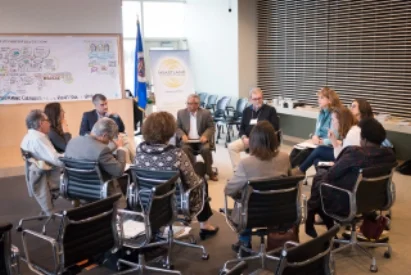




![[Hearth] Voices from Ukraine: Part 2](https://images.squarespace-cdn.com/content/v1/58a4e3be9de4bb98b066fd6f/1647955546471-VUGA4FCGFEUYJ29TEQVA/sunforest-mix-sunflower-types-1586794598.jpeg)

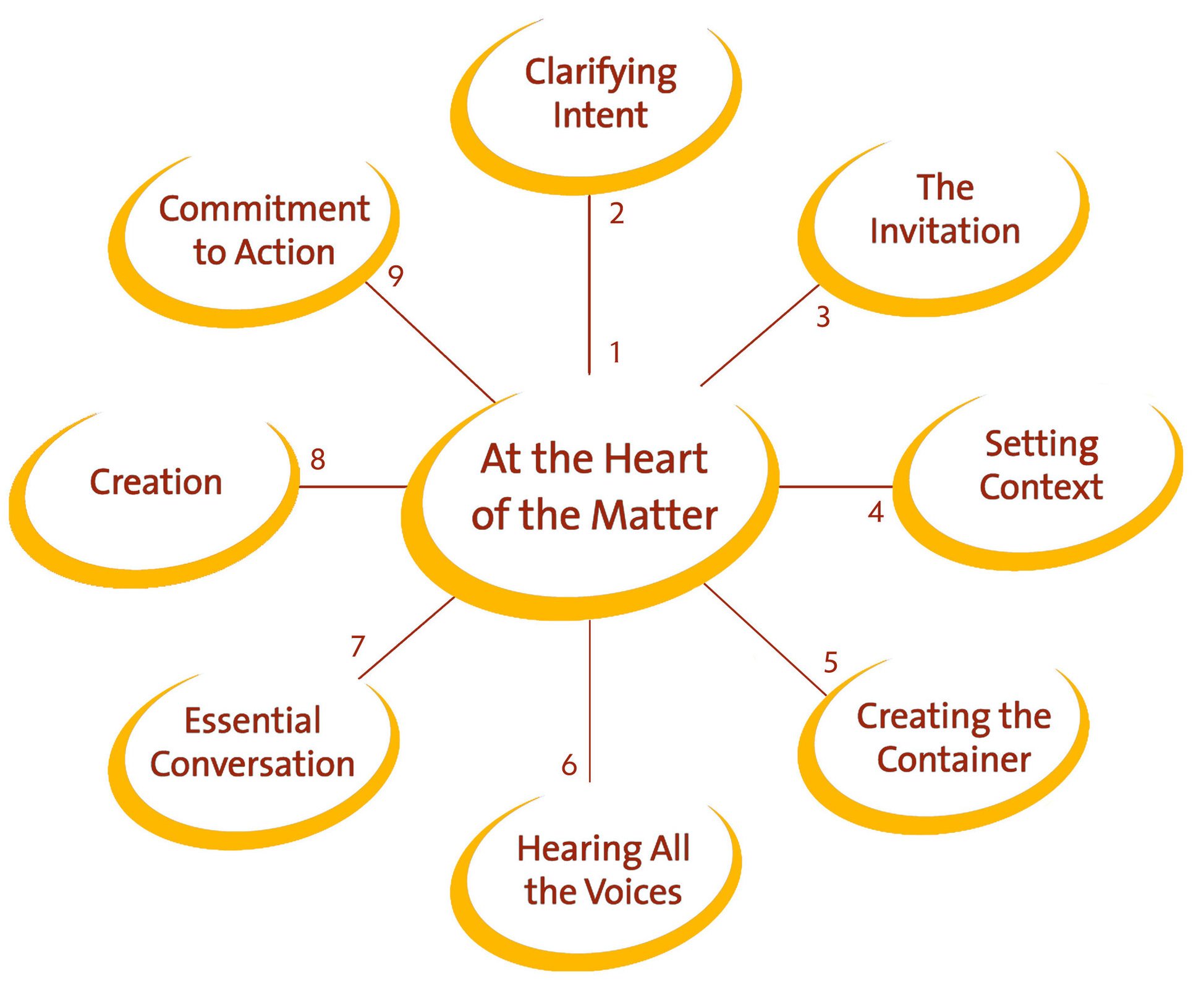

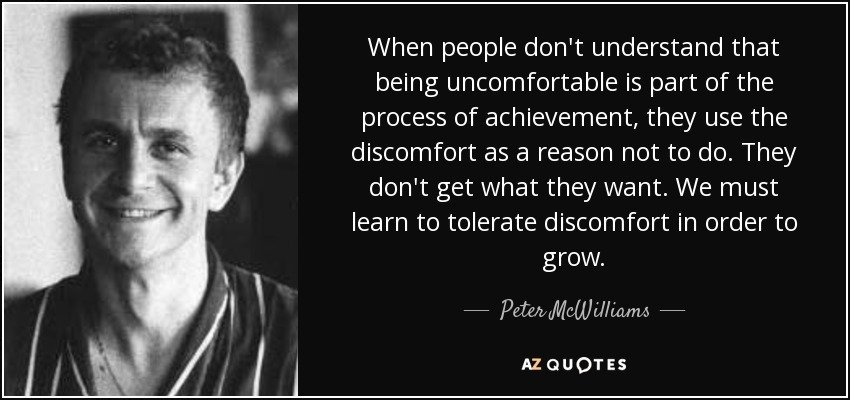











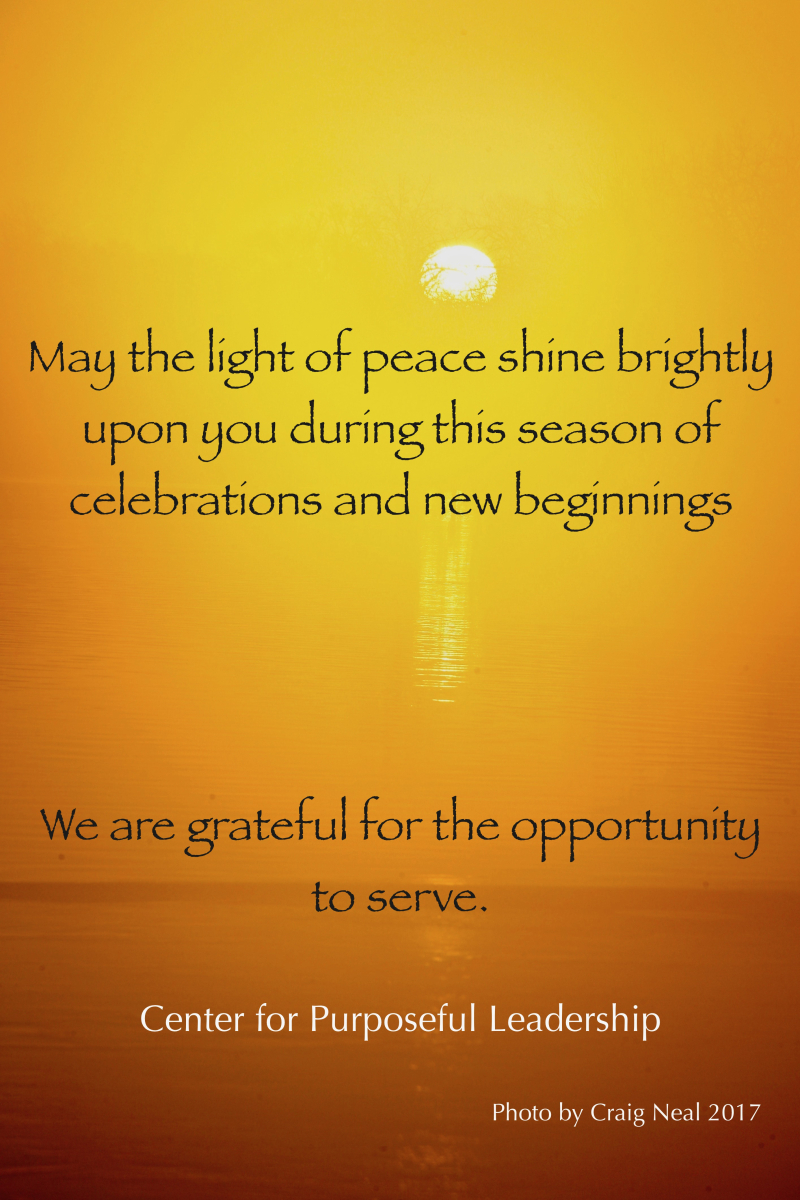









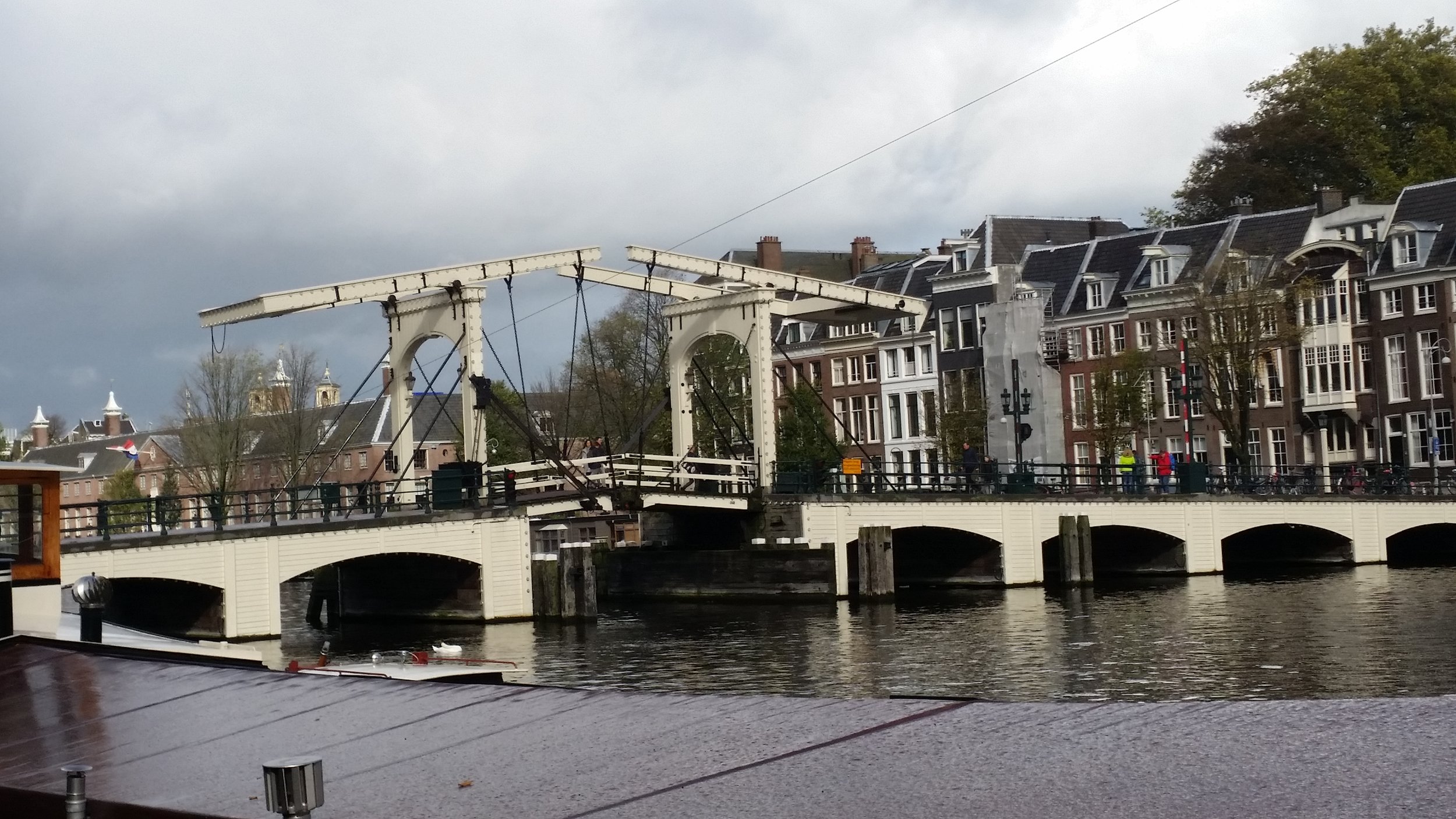




NEW!! Art of Convening Self-Paced Leadership Course
Ignite Your Purpose Through the Power of Convening